From Viral Success to Losing Steam: The Role of Retention in Wordle’s Growth Story
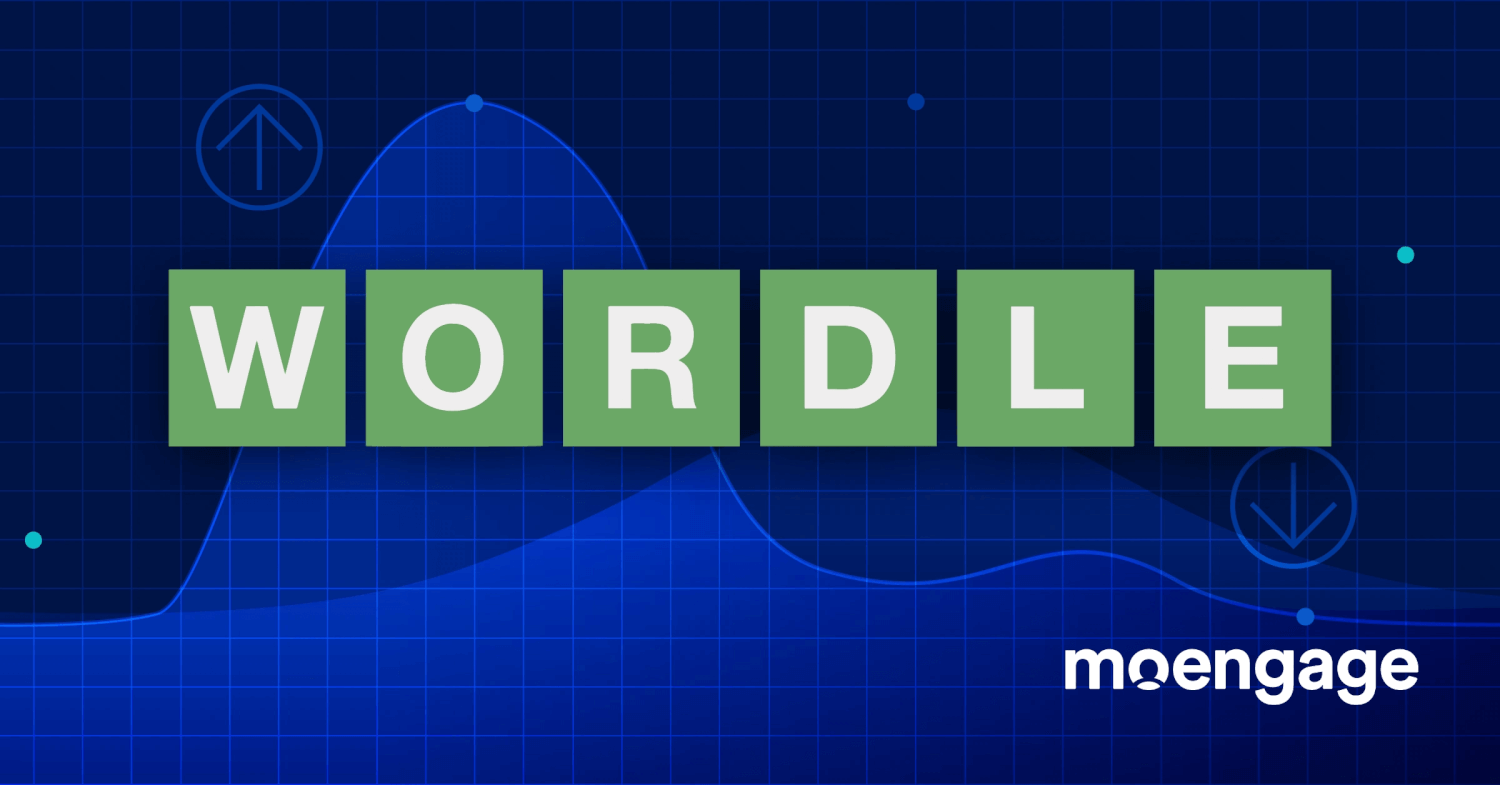
Reading Time: 7 minutes
Do you know what’s common between Fall Guys, Wordle, and Among Us? All three games took the internet by storm and saw up to 100x growth in a few months.
While the reason behind the virality of these games is different, the stages they go through are surprisingly common. In most cases, we can divide them into the –
- Hockeystick growth phase
- Saturation and decline phase
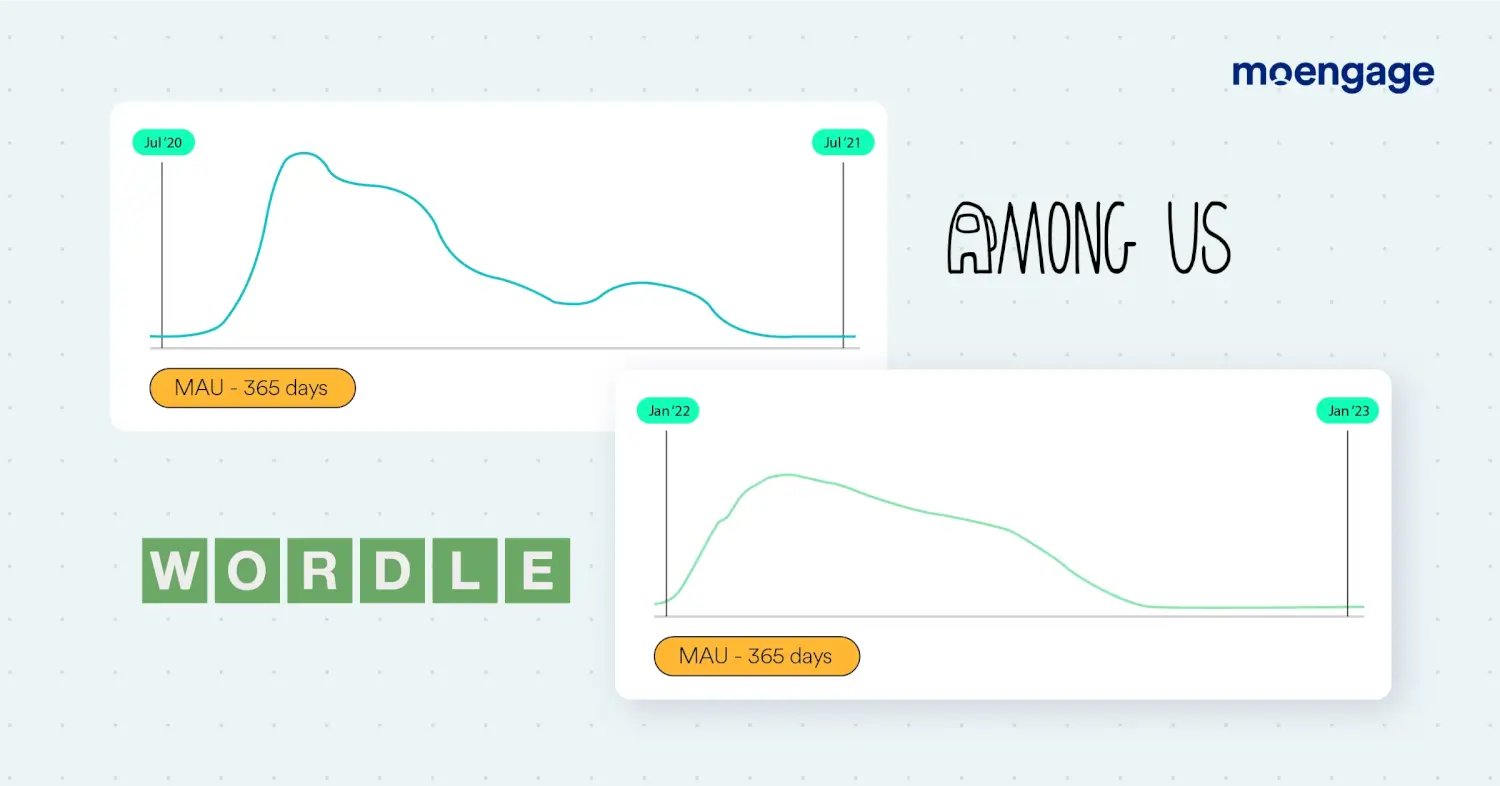
Wordle, for example, went from 90 players to 3 million in a few months. It became so popular that The New York Times acquired it for a seven-figure sum. For those unaware, Wordle is a daily word-guessing game where players guess a common five-letter word.
But since March 2022, the interest in the game has significantly dropped. Reports suggest a fall of 91% between February and September 2022. Despite that, it continues to be a popular game, and millions play it monthly.
In this article, we break down Wordle’s growth and share the different growth levers and strategies they leveraged on the way. We also recommend the strategies gaming brands can leverage to improve customer engagement and maximize retention.
1. Hockeystick Growth Phase – The Journey From Hundreds to Millions
Worlde’s hypergrowth is far from an overnight success. Most experts say that its virality was engineered. But you’ll be surprised that Wordle was never developed to go mass market.
Josh Wardle, a software engineer, developed it as a side project during the pandemic. He just wanted to develop a game to play with his partner. But after playing it for a few months, he saw that everyone in his family was obsessed with it. That was when he decided to make it public. The rest, as we know, is history.
Let’s look at some growth pillars that helped Wordle go viral –
Growth Pillar 1: Simplicity
One of the main reasons behind the game’s popularity is its simplicity. The game’s difficulty has been tuned to appeal to everyone, both experts and beginners. The instructions are also pretty darn simple.
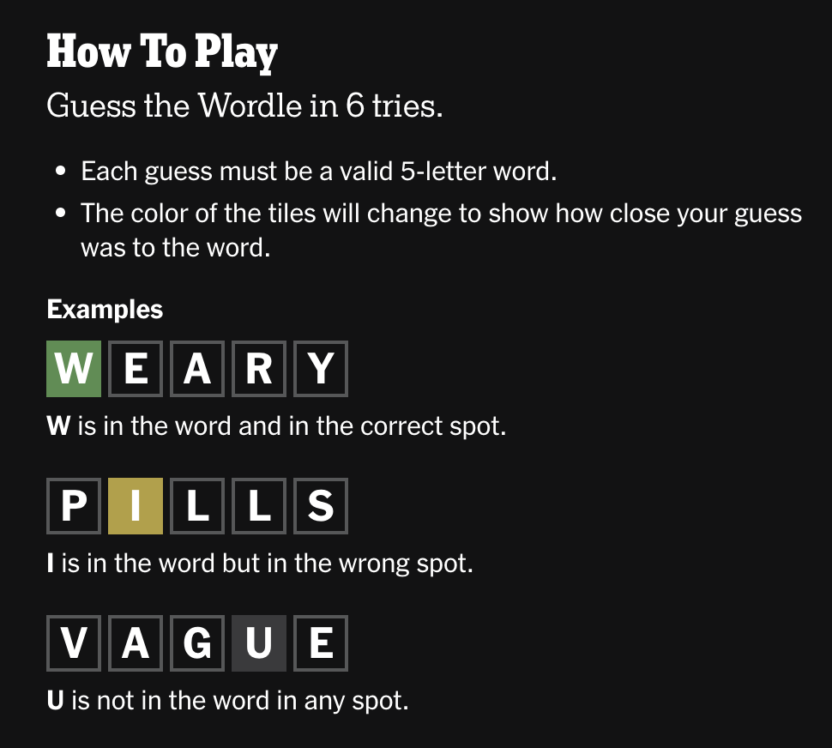
The game is built in a way that playing a few rounds is enough to get the hang of the game. And as you get better at playing the game, you end up playing more rounds. This is enough to create habits among players.
By creating habits, Nir Eyal, author of Hooked, says brands can increase –
- LTV
- Viral Growth
- Resistance to Competition
Learn more about mobile gaming behavior in our latest State of Mobile Gaming Report.
Growth Pillar 2: Less is More
While most games want you to spend more time playing it to get hooked, Wordle follows an alternative approach. Most players spend a maximum of a couple of minutes every day playing Wordle as they can only guess one word per day.
Josh, the founder of Wordle, says that limiting the game to one puzzle per player daily was his breakthrough at creating viral sensations. He adds that it has helped enforce a sense of scarcity.
Growth Pillar 3: No Barrier to Entry
You can play Wordle on any device. You can either fire up their website on mobile/desktop or download their app to play it. No sign-up is required. This frictionless experience is the single biggest reason for more players to try the game.
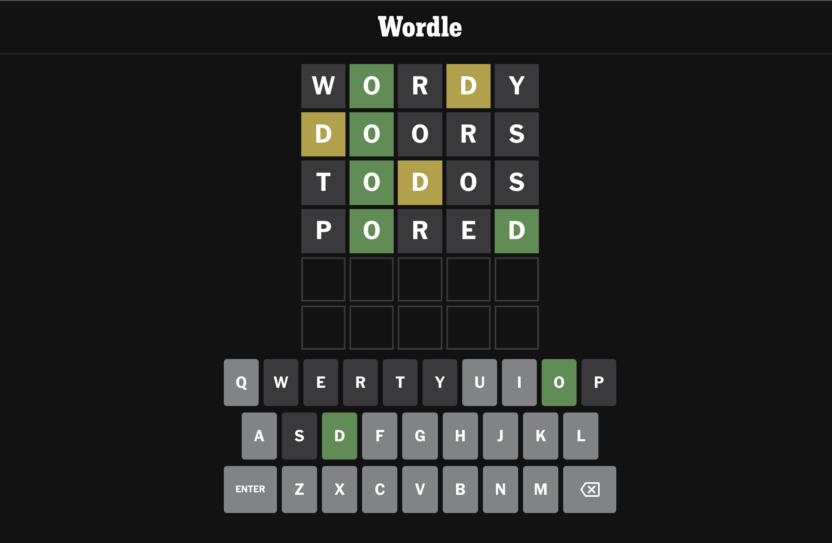
Players are only suggested to create an account after they guess the word to save their score and streak.
Growth Pillar 4: Referral Loop (Social Trigger)
The biggest driver behind the viral growth of the game was social media, particularly Twitter. Since all players on Wordle are guessing a common word every day, it’s fun for players to flaunt their scores with followers, friends, and families.
But unlike other games, you don’t just share that you’ve successfully guessed the word but share your progress too. The progress is depicted in the form of colored square emojis (like below). It shows how many rounds you took to guess the word and more without revealing the word.
Surprisingly, Josh never thought of this. He discovered this after he saw players posting their progress on Twitter and other social media channels in the form of colored squares.
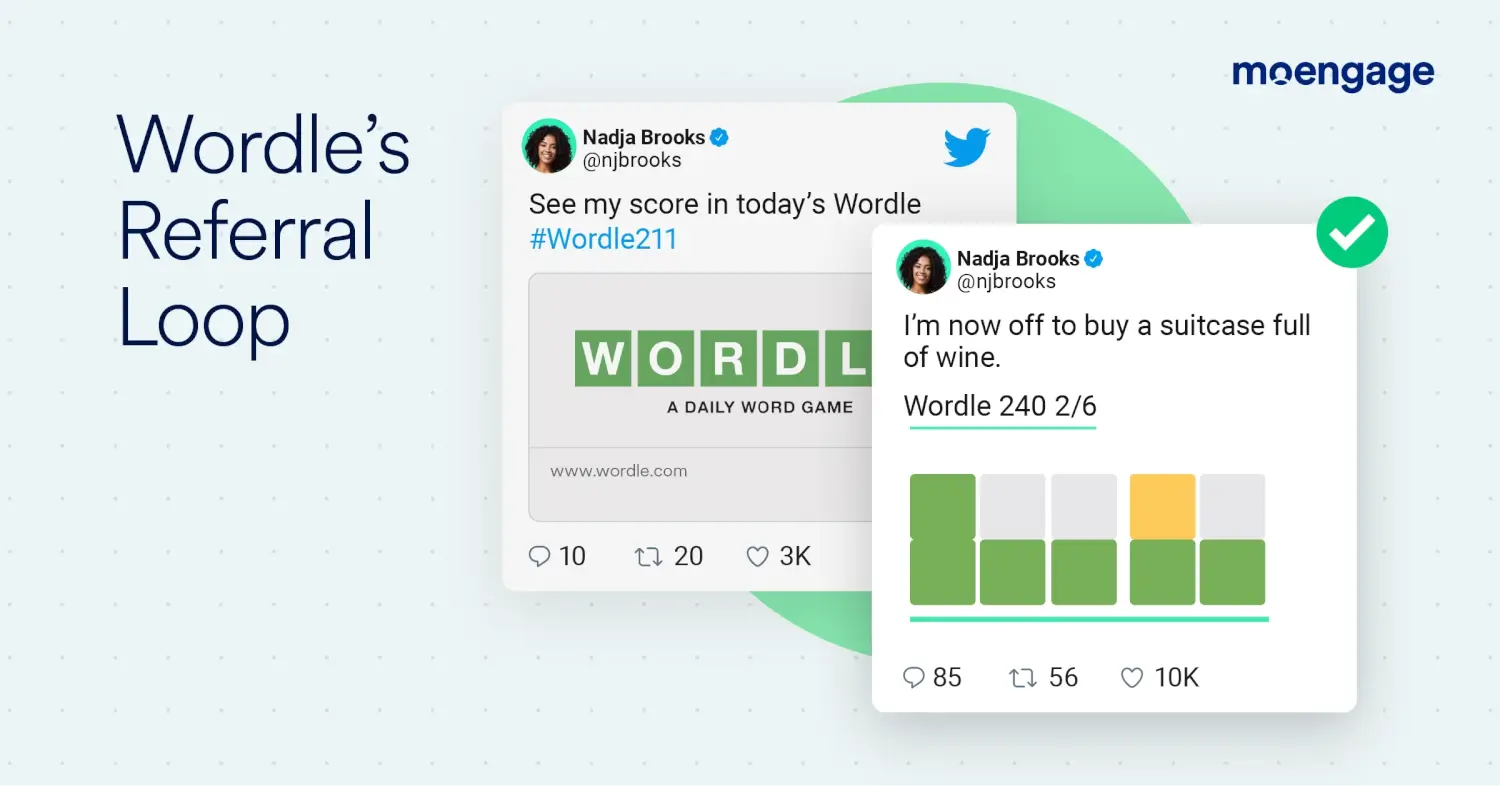
This was later integrated into the game and proved to be game-changing. Players can generate it in a few clicks after they finish guessing the word.
At its peak popularity, data shows that 500,000 tweets about Wordle were being tweeted daily. Influencers and celebrities, including Jimmy Fallon, would regularly tweet their Wordle score. Many still do.
Wordle 248 3/6
⬜🟨⬜⬜⬜
⬜🟨🟩⬜⬜
🟩🟩🟩🟩🟩— Jimmy Fallon (@jimmyfallon) February 22, 2022
MoEngage Opinion 1: Focusing on the Customer Journey
If players fail to understand the game completely, they’ll ultimately churn. Something that Wordle did right was to make the game simple so that the learning curve is as small as possible. But not all games can.
This is why focusing on the customer journey is important if gaming brands wish to go viral.
MoEngage, for example, allows you to create personalized customer journeys easily. In addition, MoEngage Flows string together complex multi-step customer journeys to send messages in a sequential and preferential (based on customer response) manner without compromising on customer delight.
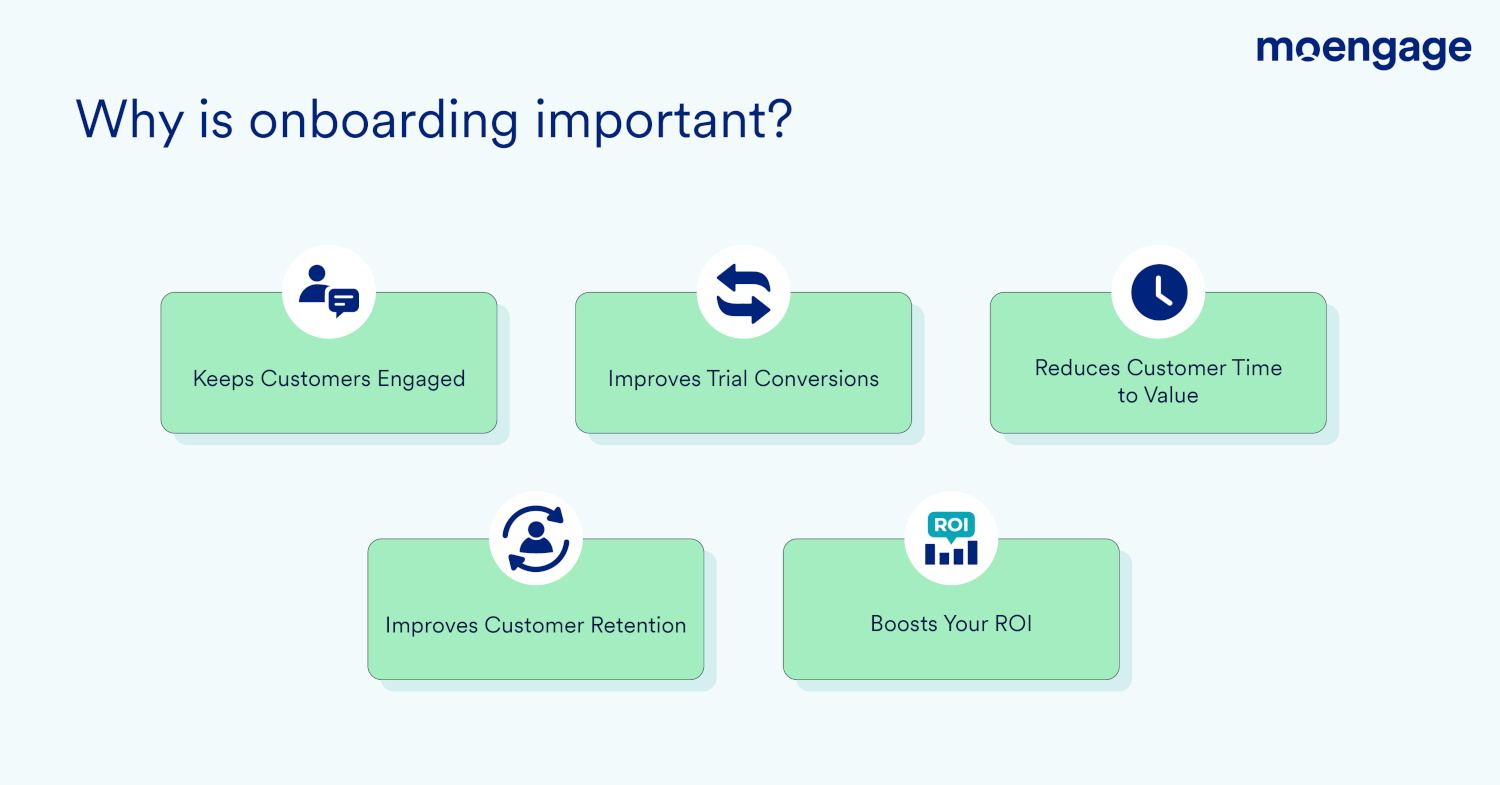
Further, marketers can identify drop-off points in the onboarding journey by using User Path Analysis. Perfecting the customer journey will ensure higher customer activation and lesser drop-offs.
Recommended Reading – How to Onboard New Customers
MoEngage Opinion 2: Gaining actionable insights using Analytics
We’ve all been guilty of downloading a game, playing it once, and completely forgetting about it. Players quit for multiple reasons, including when they’re bored, stuck on a level, or haven’t been able to understand the game properly.
Hence, it’s important to identify such points in the customer’s journey and take the necessary steps. MoEngage Analytics solves this by providing you with AI-powered insights.
For example, it can notify players who haven’t played for a week. Similarly, it can segment players who have lost continuously thrice.
According to the scenario, different engagement strategies can be applied to ensure players are on the right path.
This way, you can proactively identify and remove bottlenecks to optimize your players’ journeys and improve their experience. An insights-led approach will help you build and retain a loyal customer base.
Key Takeaways
|
2. Saturation and Decline Phase
At its peak, Wordle saw about 2.37 million customers playing the game daily. But as with all games, interest for Wordle bottomed out. Reports suggest a fall of 91% in a matter of weeks.
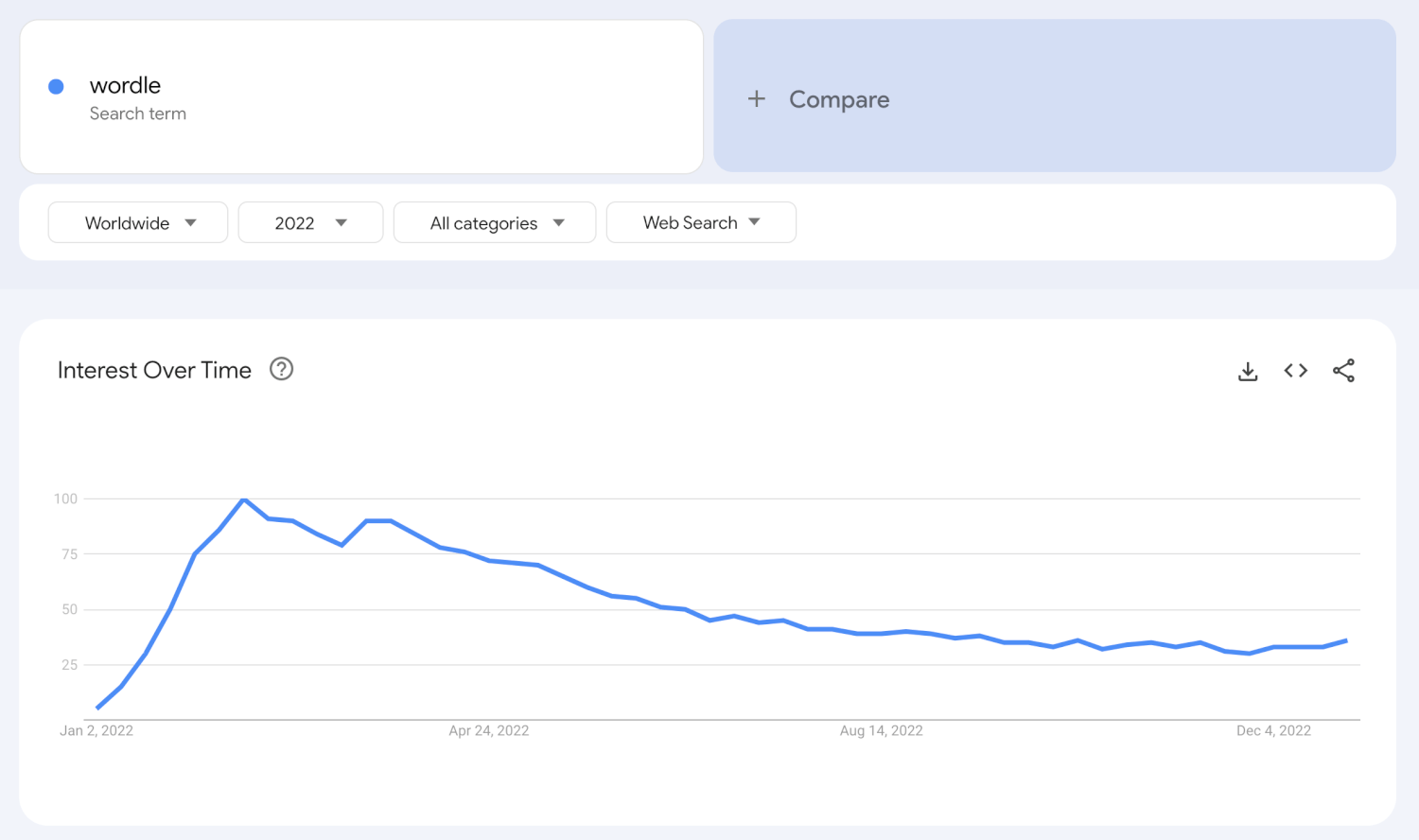
The fall mirrors other virals games; however, in this case, it was much faster. There are various reasons for Wordle’s decline, including –
- Increasing number of copycats – The success of Wordle inspired many brands to develop similar or related games like Quordle.
- Increasing Difficulty – There are many claims that The New York Times made the game harder after the acquisition.
NYT: No, we did not make Wordle harder. We promise.
Also NYT: Today’s Wordle is KHYBX — which everyone knows is a popular 11th century Latin delicacy derived from quicksand extract. Duh.
— John Kapetaneas (@JohnKapetaneas) February 14, 2022
- Adding a paywall – After the acquisition of the game, NYT introduced a paywall for accessing certain features of the game. For example, you need to subscribe to NYT to access tips and strategies.

- Answers were easily accessible – After the game became mainstream, many publications started giving answers and hints that decreased the game’s hype.
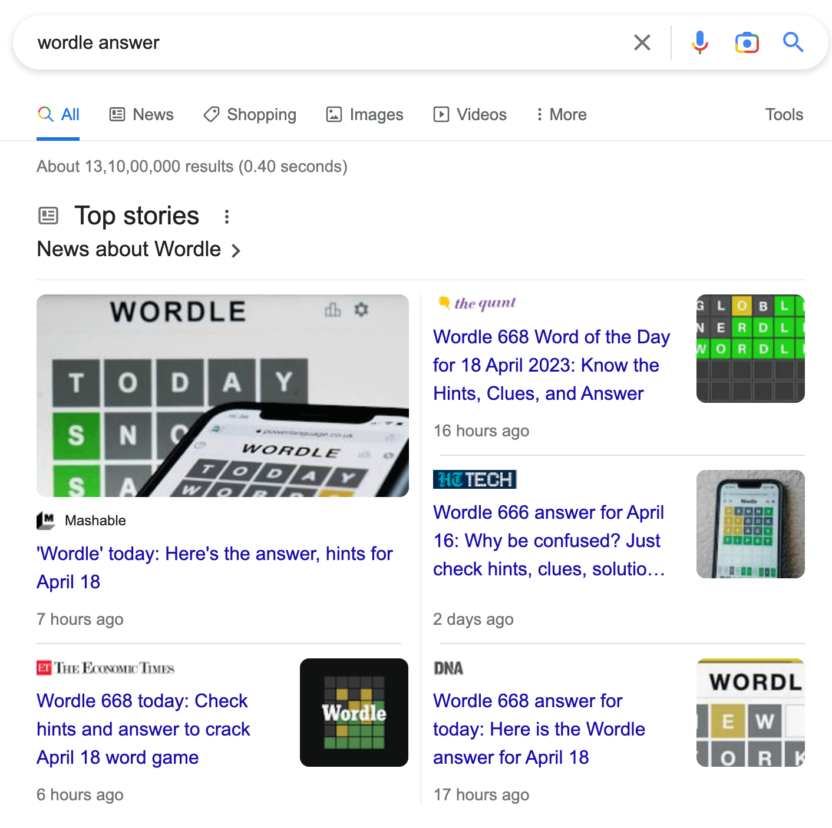
- Word Generators – Another reason for the decline is that players have found ways to cheat the game through word generators.
MoEngage Opinion – Retain and Reactivate Players Using RFM Segmentation and Predictions
During such a phase, it’s important for gaming brands to focus on customer retention more than anything. But how do you know which customers are about to churn? Using RFM segmentation.
MoEngage’s RFM Segmentation (Recency, Frequency, Monetary) helps gaming brands create deeper-level segments and provide personalized engagement for their customers. RFM allows marketers to dissect data and procure rich insights about their customers so that they can reach them with the most relevant and appropriate marketing campaigns.
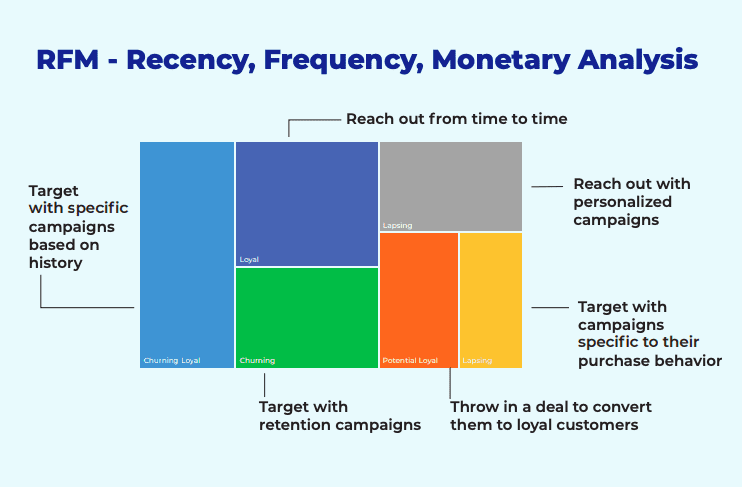
In addition, Predictions, another feather in MoEngage’s segmentation hat, can help gaming brands pinpoint players who are about to churn, go dormant, or quit and uninstall their app. This allows gaming platforms to run re-engagement campaigns by sending players free coins or points to re-indulge them in their respective games.
Key Takeaways
|
Wrapping it up
Multiple factors affect virality. While few factors can be engineered into the game, as we saw in the case of Wordle, few are just out of everyone’s control.
While gaming brands should focus on viral growth, understanding customer behavior and crafting a personalized customer engagement strategy are equally important. And with the right tools, marketers can easily garner relevant insights about their customers and effectively engage with them.
This ensures that players are activated and retained in the long run.
| Here are similar growth stories that you might love reading –
|













